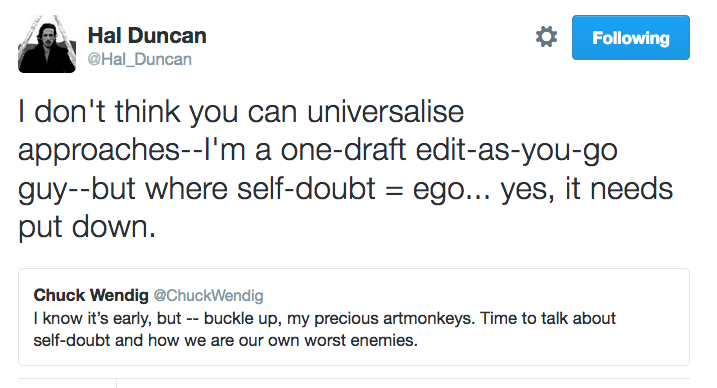I know that many writers need to disengage the critic* parts of their brain in order to create. But that’s not me.
Artist and critic go down the road hand in hand. That because my critic is more of a structural engineer to my artist as architect.
For me writing a novel is a lot like building a bridge. I know exactly where the banks are, and I have a good sense of the river bed.
Sometimes, I’ll find that in one of the places I wanted to put down a pier the river bed is spongy or otherwise won’t support the weight.
Then, I have to get creative about building a good foundation for that anchor point in the greater span, and it might take extra time.
But the real trick comes in building the arches to bridge gaps between supports. That can be tough, especially if I had to move a supporting pier.
By the time I put foot on the far shore, the bridge is usually sound and ready to cross, even if the deck might need significant smoothing.
The idea of wild experimenting off to the sides is alien to my process. Bridges fail when you do that, but others are building different sorts of paths.
I think that the key thing to know is that there are 1,001 right ways to write a story, and what you as writer need to do is find the right one for you even if it sounds crazy or completely unworkable to every other writer you know.
*inspired by this twitter post series by Hall Duncan in response to another one by Chuck Windig. Both screen capped below.


